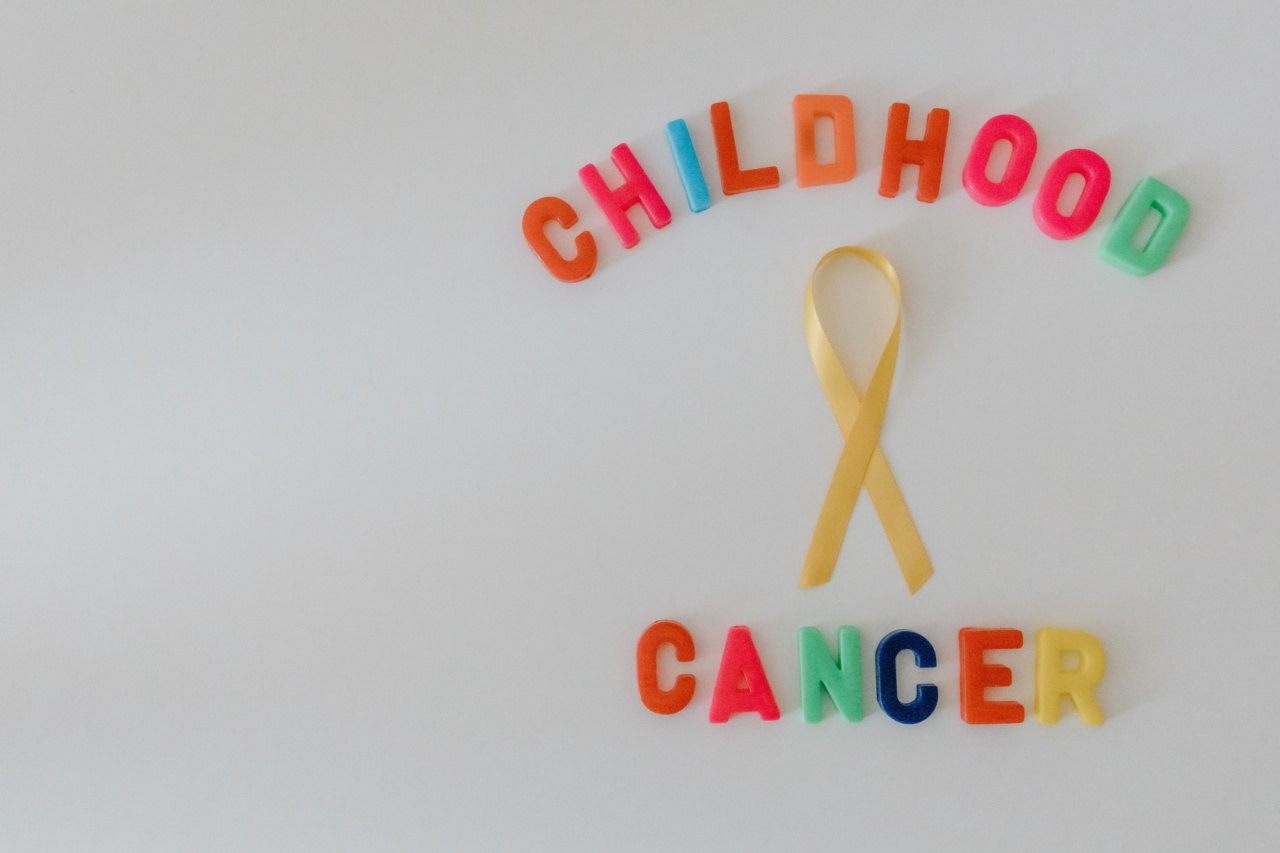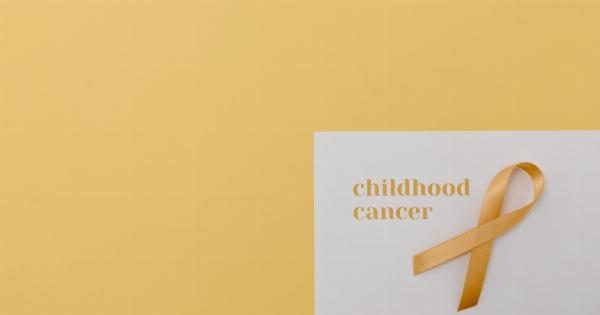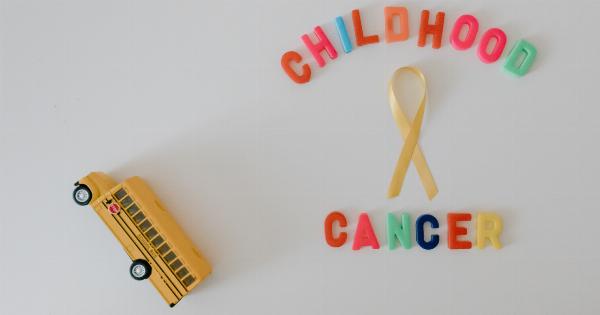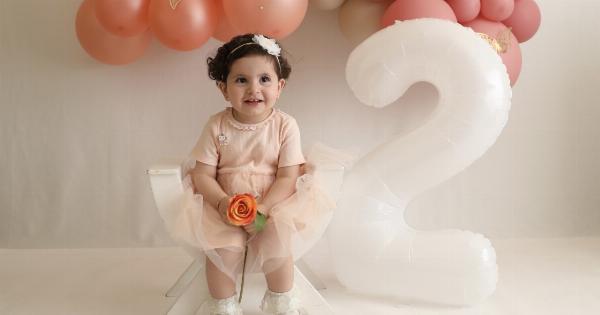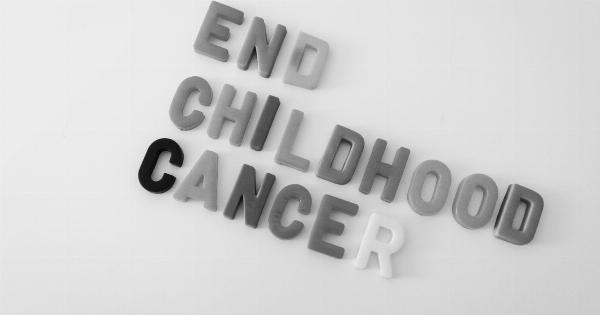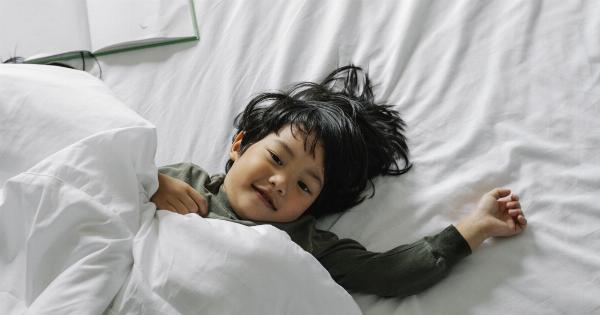Childhood cancer is a devastating diagnosis for families around the world. It is estimated that approximately 300,000 children under the age of 18 are diagnosed with cancer each year.
Despite advances in modern medicine, childhood cancer remains the second leading cause of death among children after accidents. This article will explore the causes of childhood cancer, its symptoms, and the treatments available.
What Causes Childhood Cancer?
The exact causes of childhood cancer are not fully understood. However, research suggests that it is most likely caused by a combination of genetic and environmental factors.
Some studies have shown that certain genetic mutations can increase a child’s risk of developing cancer, while exposure to pollutants, radiation, and certain chemicals may also play a role.
Other risk factors for childhood cancer include a family history of cancer, a weakened immune system, and certain viruses.
Symptoms of Childhood Cancer
The symptoms of childhood cancer vary depending on the type of cancer and the stage of the disease. However, some of the most common symptoms include:.
- Unusual lumps or swelling in the body
- Persistent pain in the bones or joints
- Unexplained fatigue or weakness
- Fever that persists for several days
- Unexplained weight loss
- Changes in vision or hearing
- Bleeding or bruising easily
If your child is experiencing any of these symptoms, it is important to speak with your doctor immediately. Early detection is key to successful treatment.
Treatments for Childhood Cancer
Treatments for childhood cancer vary depending on the type and stage of the disease. The most common treatments include:.
- Chemotherapy: This is the use of drugs to kill cancer cells. It is usually given through a vein and can be given in cycles.
- Surgery: This is the removal of the cancerous tumor and any nearby tissue that may be affected.
- Radiation therapy: This is the use of high-energy radiation beams to kill cancer cells. It can be given externally or internally.
- Stem cell transplant: This is a procedure that replaces damaged or diseased bone marrow with healthy stem cells.
Other treatments may be used in combination with or in place of these treatments, depending on the specific needs of the patient.
Prevention of Childhood Cancer
Preventing childhood cancer is not always possible, but there are some steps that parents can take to reduce their child’s risk of developing the disease. These steps include:.
- Encouraging a healthy lifestyle: This includes a nutritious diet, regular exercise, and adequate sleep.
- Limiting exposure to toxins: This includes avoiding exposure to environmental pollutants, tobacco smoke, and other harmful chemicals.
- Promoting sun safety: This includes using sunscreen and wearing protective clothing when outdoors.
- Staying up to date on vaccinations: Certain vaccines can help protect against viruses that can cause cancer.
It is important to note that not all cases of childhood cancer can be prevented, but taking these steps can help reduce the risk of developing the disease.
The Emotional Impact of Childhood Cancer
Childhood cancer not only affects the physical health of the child and their family, but it can also have a significant emotional impact.
Families may feel overwhelmed, scared, and helpless in the face of a cancer diagnosis, and may struggle to cope with the challenges of treatment.
This is why it is important for families to have access to emotional support and resources. This can include mental health counseling, support groups, and educational resources about childhood cancer.
Conclusion
Childhood cancer is a devastating diagnosis for families around the world. While the exact causes of childhood cancer are not fully understood, there are steps that parents can take to reduce their child’s risk of developing the disease.
Early detection and treatment is key to improving outcomes for children with cancer.
